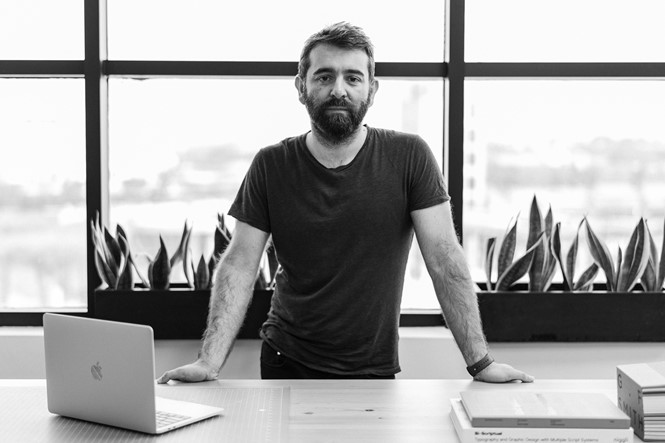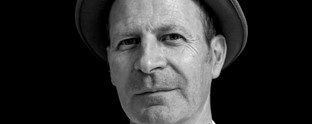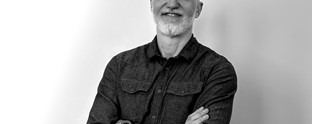Let’s Dance

Anthony Miles, managing director at brand and design agency BOND writes that for business and marketing leaders, the greatest test of our time is not how fast you can run, but how well you can dance.
In conversations with business leaders across the Middle East, we hear the same challenges spoken of again and again. That their brands are too rigid and don’t work in all the places and with all the people they need them to. That they spend all their energy and political capital working through roadblocks or filling in holes instead of pushing their businesses forwards.
Despite this, we still make brands as we always have – the nine-month transformation project, ending with a revised strategy and some kind of guideline that is launched with a big bang, faithfully and unexcitedly followed by everyone, then repeated five-seven years later when it all feels sufficiently out-of-date. It is brand transformation as an event.
Brand projects managed this way are stressful and often fail against their objectives. Or don’t launch at all. Change scares us, as individuals and as organizations, and attempting radical change never works out as planned.
And, apart from maybe the first few months after launch, brands designed this way are always playing catch up with the world around them. So we try to make up for this with a quick tactical execution and by tapping into the latest technology trend, which is all forgotten as fast as it is made.
It’s kind of insane. In a world that changes little-by-little, day-by-day, we find ourselves moving both too slow and too fast, a bad dancer always out-of-time with the beat.
There is a better way. A way to get and keep perfectly in-sync with the world around us. A way with four steps to master:
- Strategies that move and learn and grow. Brand and customer experience strategies that, like the world around us, evolve day-by-day and are open to that world, listening and learning and responding. Always measuring. Always moving.
This approach has the advantage that you can start smaller, avoid big, difficult change, make an impact, prove a concept, get the flywheel moving. Smaller successes lead to bigger successes over time, all without causing too much stress. - Embrace progressive design. As we define it, progressive design means design that propels us forwards. Design with force.
To keep producing that force requires a powerful, simple idea at the core. One that continuously inspires and opens new opportunities. As such, progressive design is never finished; there’s always something more to explore, something more to say.
And so it is generative, fluid and flexible. Able to thrive in all the weird and wonderful places it will have to live, today and in the future we haven’t yet created. - Create living brand systems. A brand only works if it is one interconnected system. So we must now create the single source of truth across everything a business does, all the time. From UI component libraries to technical film guides to creative campaigns and communications templates and everywhere in between. A framework but with space inside to play, always stress-tested, always evolving.
- Build perfectly in-sync enterprises. If we are to have any chance of keeping in-sync with everything happening outside of the business, we must work in-sync inside of the business.
This means fostering a culture guided by strong, simple, shared values, where everyone knows what is expected of them and feels empowered to act.
And it means moving with the business, not fighting against it – seeing the organization as it really is not how you wish it to be, weighing up the needs of different teams and navigating complex decision-making processes.
We are seeing the results of this approach bearing fruit with our own clients, like KAUST and Dubai Holding, who are trusting us to evolve their brands and experiences day-by-day, helping them overcome the challenges they have faced in the past and move into a more productive future.
Framed in this way, we see the aim of the game not to be stronger or faster than the competition.
Instead, as customers and employees change, as cultures shift, as new technologies emerge, as economies grow, we move as they move, at their speed. Always perfectly in-sync.
As we see it, it’s not a race or a journey.
It’s a dance.
So, as the great David Bowie said, Let’s Dance.












